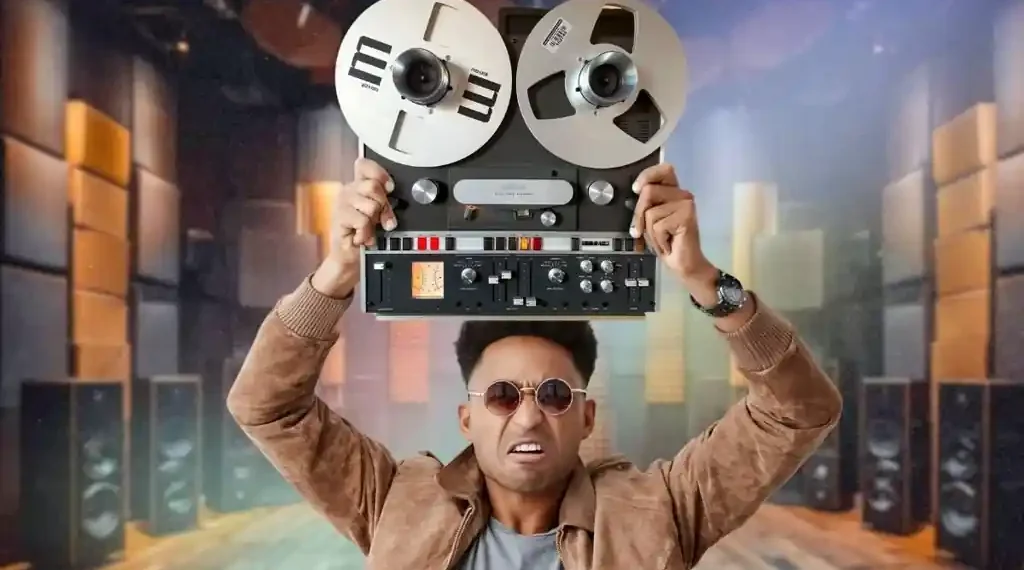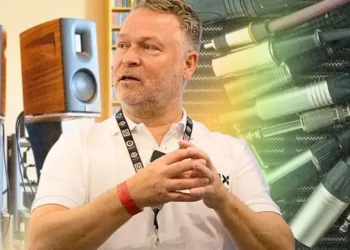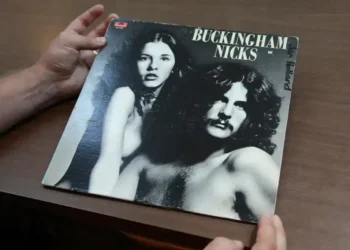Reel-to-Reel Tape Returns as the Ultimate Audiophile Luxury in 2025
Published Time: 08-11-2025, 17:00
Vinyl records and cassette tapes have enjoyed a well-documented revival over the past decade, but now another analog format is reclaiming attention among serious audio enthusiasts: reel-to-reel tape. Once thought obsolete, reel-to-reel recorders and tapes are commanding premium prices and starring in luxury sound systems. Experts say this format offers unparalleled audio fidelity, while studios and labels increasingly embrace it for both recording and release.
The Revival of Reel-to-Reel in High-End Audio
Reel-to-reel tape machines, long considered relics of the past, are now being produced new by respected manufacturers and embraced by audiophiles seeking the pinnacle of analog sound. One notable example is Swiss brand Revox, which has revived its iconic B77 tape recorder with a new Mark III edition priced at $15,950.
This price level places the machine firmly in the luxury audio segment, targeting discerning collectors and sound professionals rather than casual buyers or secondhand collectors. Audio expert David Mellor explains, “Buying a brand-new Mark III is not about nostalgia; it’s about experiencing tape technology at its highest level.”
Beyond consumers, professional studios have also returned to reel-to-reel for recording, valuing the warmth and detail tape imparts to music. The tactile nature of tape and its sonic characteristics are viewed by many as the height of analog listening experience.
Revox’s commitment to this trend is underscored by their hiring of Ryan O’Connor, founder of Reel to Reel Haven, to lead their North American division. O’Connor, known for restoring classic tape machines and assembling professional setups, is helping drive the format’s modern renaissance.
The Cost Behind the Classic Sound
The expense of reel-to-reel audio extends far beyond the initial purchase of a tape machine. For example, a 10.5-inch reel of RTM Studio Master SM911 tape—modern equivalent to that once used at Abbey Road Studios—costs about €93 (approximately $97), offering just 32 minutes of recording at 15 inches per second.
David Mellor puts it in perspective: “That’s €2.44 per minute of tape. Certainly not cheap, but as with many hobbies, the cost often reflects the passion involved.”
Pre-recorded reel-to-reel albums carry even higher price tags. The Revox Analogue Master Tape collection includes releases by artists such as George Duke and Alice Cooper, each priced around €480 ($500). Collecting the entire 22-title set would set a buyer back more than €10,500 ($11,100).
The price of vintage machines is also rising steeply. Ken Kessler, a collector with over 2,000 tapes, notes that tape decks once valued under $100 now fetch $500 or more in mint condition. Even obscure tapes that once sold cheaply are commanding several hundred dollars, rivaling prices for iconic artists like The Beatles or Miles Davis.
Why Audiophiles Prefer Reel-to-Reel Sound
The appeal of reel-to-reel lies in its distinct sonic signature. Enthusiasts consistently describe its sound as richer, warmer, and more detailed compared to digital or even vinyl formats.
At the 2017 Tokyo High End Show, audio engineer Tim de Paravicini played a 7.5 IPS Capitol commercial reel-to-reel release of Sgt. Pepper’s Lonely Hearts Club Band for Ken Kessler. “I was staggered by the sound,” Kessler recalls, highlighting the format’s ability to deliver depth and clarity.
Similarly, Kevin of Sky Labs Audio compared Elephant by The White Stripes across streaming, vinyl, premium pressing, and reel-to-reel tape. He noted, “The tape’s saturation and distortion make guitars and drums hit harder, offering a unique, immersive experience.”
Reel-to-reel’s advantage partly comes from tape speed. While cassettes play at 1.875 inches per second, reel-to-reel tapes commonly run at 7.5 or 15 inches per second. Higher tape speeds capture more audio detail, contributing to the format’s acclaimed warmth and fidelity.
Hi-fi enthusiast Michael Leigh, who recorded vinyl to reel-to-reel, was surprised by the outcome: “The recordings sounded better on tape than on vinyl—something I never expected.”
The Luxury Market and Modern Reel-to-Reel Innovation
Reel-to-reel equipment is evolving into high-end art as well as audio technology. German manufacturer Ballfinger offers machines starting at over €15,000, featuring elegant designs that blur the line between sculpture and sound gear. Meanwhile, Metaxas & Sins produces bold, futuristic tape decks like the Tourbillon T-RX, which retails for $69,405.
Industry observer Leslie Shapiro describes these machines as “kinetic art objects that deliver unmatched musical fidelity.”
To meet rising demand, tape manufacturers are producing new high-quality reels such as RTM’s SM911 and SM900 tapes. Boutique labels like Analogy Records release original music exclusively on reel-to-reel, while Acoustic Sounds’ Ultra Tape series reissues classics on 15 IPS two-track tapes compatible with professional machines.
The vintage market reflects this surge. Pioneer RT-707 decks, once affordable entry points, now exceed $1,000. Technics RS-1500 models command over $2,000. As Ken Kessler notes, prices for desirable decks have doubled within two years.
Blank reels, adapters, and maintenance costs also add to the expense, but passionate collectors continue to invest in reel-to-reel for its exceptional sound and tactile charm.
This article was rewritten by JournosNews.com based on verified reporting from trusted sources. The content has been independently reviewed, fact-checked, and edited for accuracy, neutrality, tone, and global readability in accordance with Google News and AdSense standards.
All opinions, quotes, or statements from contributors, experts, or sourced organizations do not necessarily reflect the views of JournosNews.com. JournosNews.com maintains full editorial independence from any external funders, sponsors, or organizations.
Stay informed with JournosNews.com — your trusted source for verified global reporting and in-depth analysis. Follow us on Google News, BlueSky, and X for real-time updates.












